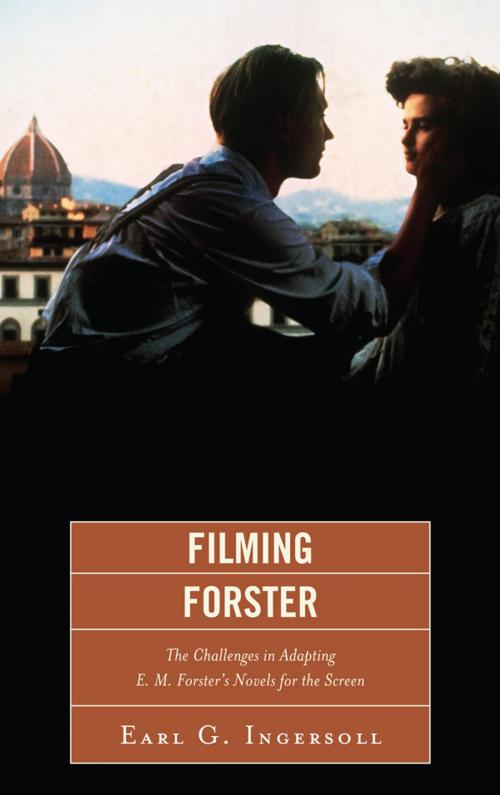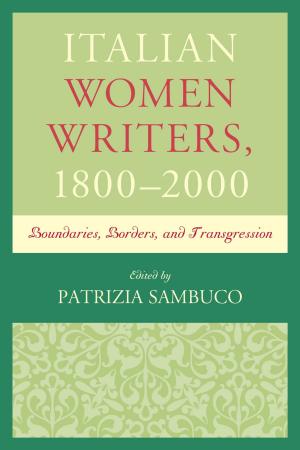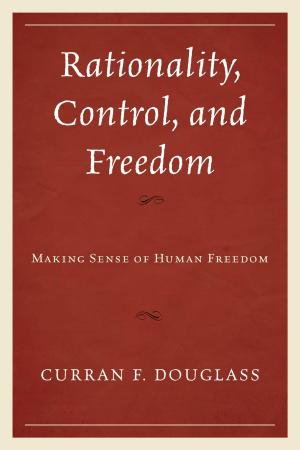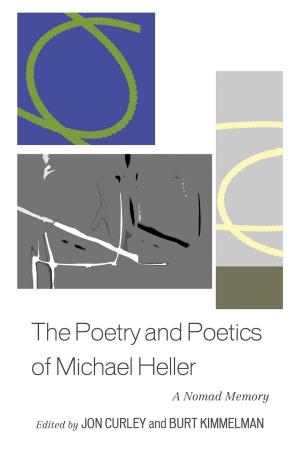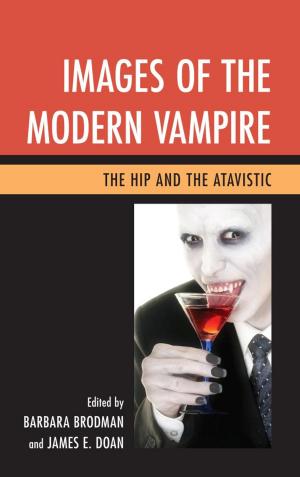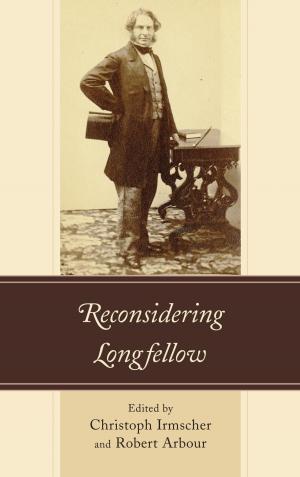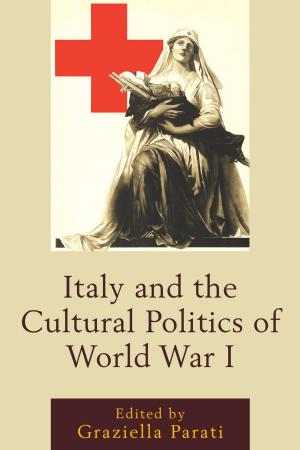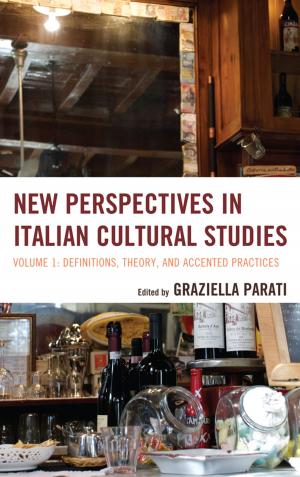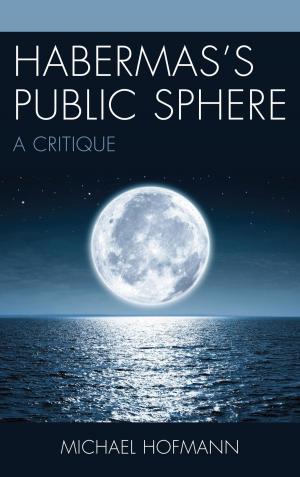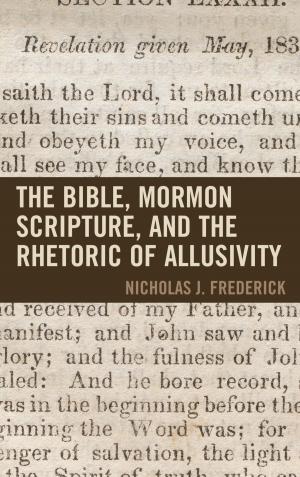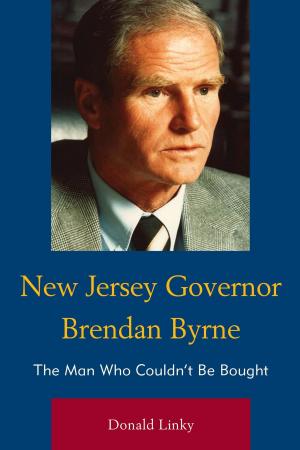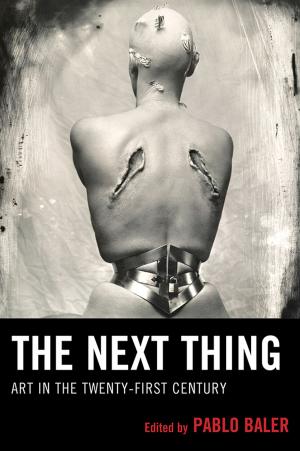Filming Forster
The Challenges of Adapting E.M. Forster's Novels for the Screen
Fiction & Literature, Literary Theory & Criticism, British, Nonfiction, Entertainment, Film, History & Criticism, Art & Architecture, General Art, Art Technique| Author: | Earl G. Ingersoll | ISBN: | 9781611475180 |
| Publisher: | Fairleigh Dickinson University Press | Publication: | February 16, 2012 |
| Imprint: | Fairleigh Dickinson University Press | Language: | English |
| Author: | Earl G. Ingersoll |
| ISBN: | 9781611475180 |
| Publisher: | Fairleigh Dickinson University Press |
| Publication: | February 16, 2012 |
| Imprint: | Fairleigh Dickinson University Press |
| Language: | English |
Filming Forster focuses upon the challenges of producing film adaptations of five of E. M. Forster’s novels. Rather than follow the older comparative approach, which typically damned the film for not being “faithful” to the novel, this project explores the interactive relationship between film and novel. That relationship is implicit in the title “Filming” Forster, rather than “Forster Filmed,” which would suggest a completed process. A film adaptation forever changes the novel from which it was adapted, just as a return to the novel changes the viewer’s perceptions of the film.
Adapting Forster’s novels for the screen was postponed until well after the author’s death in 1970 because the trustees of the author’s estate fulfilled his wish that his work not be filmed. Following the appearance of David Lean’s film A Passage to India in 1984, four other film adaptations were released within seven years. Perhaps the most important was the Merchant Ivory production of Maurice, based upon Forster’s “gay” novel, published a year after his death. That film was among the first to approach same-sex relationships between men in a serious, respectful, and generally optimistic manner.
Filming Forster focuses upon the challenges of producing film adaptations of five of E. M. Forster’s novels. Rather than follow the older comparative approach, which typically damned the film for not being “faithful” to the novel, this project explores the interactive relationship between film and novel. That relationship is implicit in the title “Filming” Forster, rather than “Forster Filmed,” which would suggest a completed process. A film adaptation forever changes the novel from which it was adapted, just as a return to the novel changes the viewer’s perceptions of the film.
Adapting Forster’s novels for the screen was postponed until well after the author’s death in 1970 because the trustees of the author’s estate fulfilled his wish that his work not be filmed. Following the appearance of David Lean’s film A Passage to India in 1984, four other film adaptations were released within seven years. Perhaps the most important was the Merchant Ivory production of Maurice, based upon Forster’s “gay” novel, published a year after his death. That film was among the first to approach same-sex relationships between men in a serious, respectful, and generally optimistic manner.
